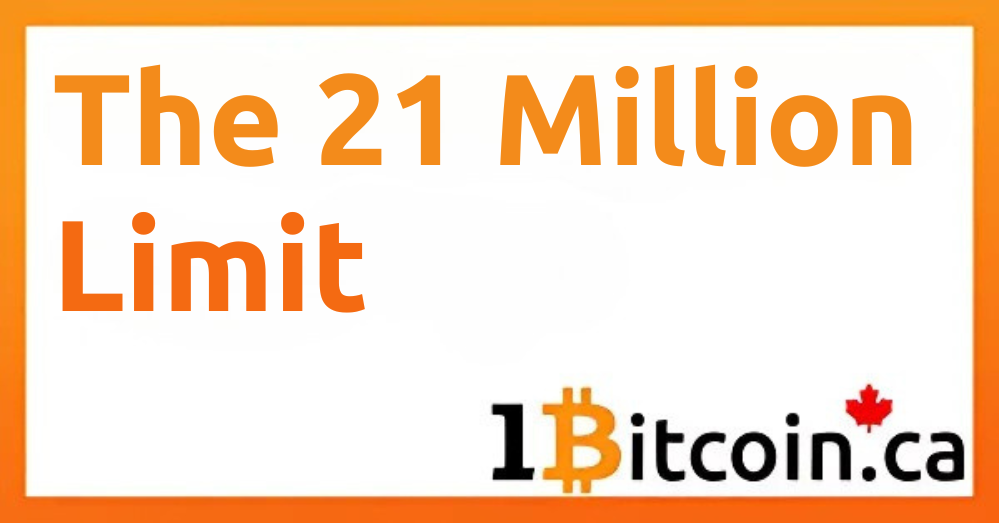Why Bitcoin’s Supply Is Fixed – How Scarcity Drives Value
Most things in life can be created, printed, or produced endlessly. Bitcoin isn’t one of them. There will only ever be 21 million bitcoins and that limit is hard-coded, not up for debate. Why does that matter? Because scarcity changes everything.
1. Why 21 million?
Satoshi Nakamoto never gave a perfect answer, but the idea was simple: create digital money that couldn’t be inflated or manipulated. Unlike fiat currencies, where central banks can print more at will, Bitcoin has a fixed cap—set by code, enforced by every node.
2. How is the limit enforced?
Bitcoin’s supply grows through mining. When miners verify transactions and add blocks to the blockchain, they earn a block reward. That reward started at 50 BTC and halves roughly every four years (a process called the halving).
By design, the rewards decrease until they eventually reach zero. Once all 21 million are mined—expected around the year 2140—no more will be created.
3. Scarcity = Value
This isn’t just math—it’s a shift in thinking. Scarce assets like gold or land tend to hold value because they’re limited. Bitcoin takes that idea and digitizes it.
With only 21 million coins—and demand steadily growing—Bitcoin’s scarcity is one reason why many view it as a store of value.
4. What makes this different from fiat?
Governments can (and do) print more money, often to respond to crises or debt. But every new dollar dilutes the value of existing ones. Bitcoin avoids this trap. It’s predictable. Transparent. No central authority can change the rules without global consensus.
Why it matters to you
If you hold bitcoin, you’re holding a piece of a limited supply. That supply doesn’t inflate when times get tough. It doesn’t bend to politics or pressure. For many, that’s not just a financial decision—it’s a way to opt out of systems that no longer feel trustworthy.
Next time you hear someone say “Bitcoin is too expensive,” remind them: There are only 21 million. You don’t need a whole coin—just a piece. Start small, learn as you go, and remember: scarcity is part of the design, not a flaw.




